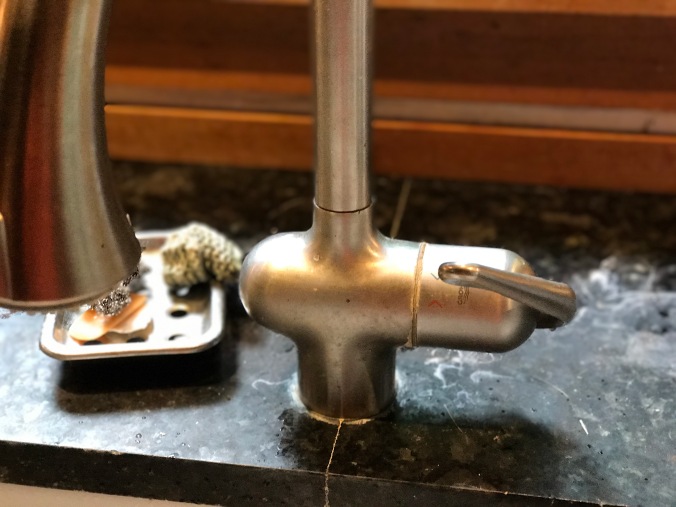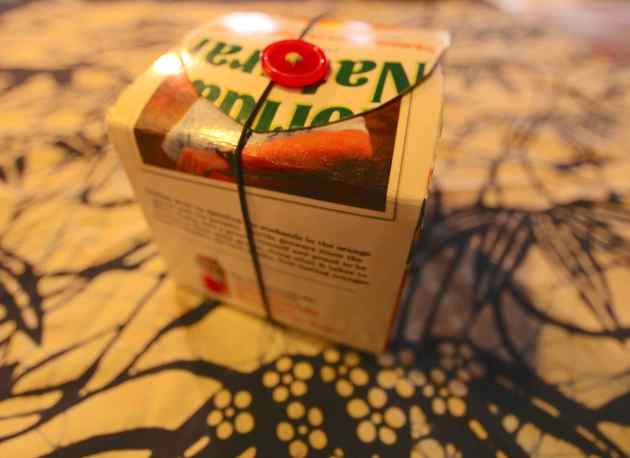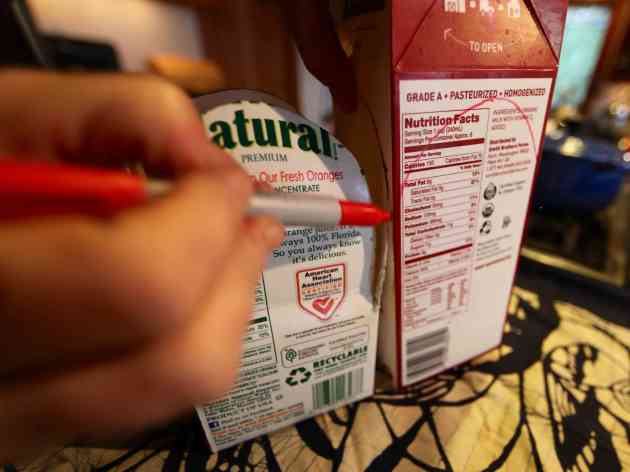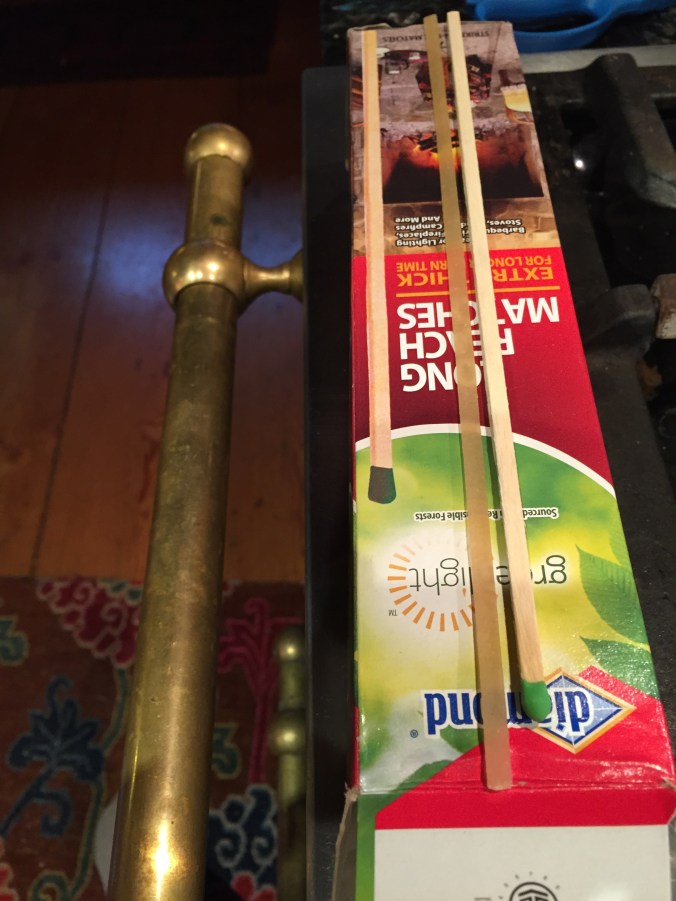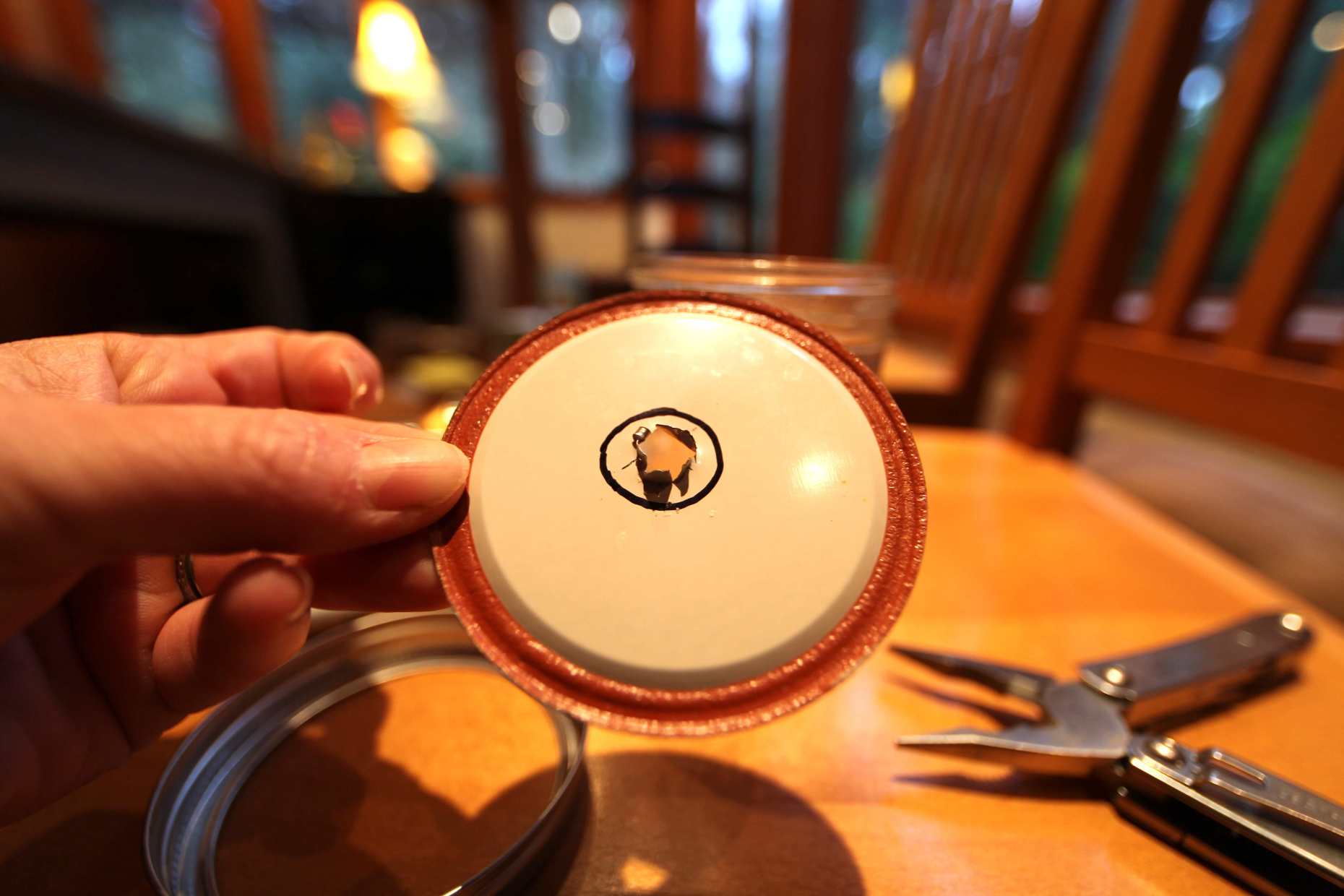
In the heart of the summer, our chickens lay a dozen eggs for us a day. For a family of 4 with 14 hens, we go through a lot of eggs. Here are a few reuses for those hardy shells.
1) Garden Fertilizer/Compost: Throw your shells in your compost or yard waste bin if your municipal recyclers allow kitchen scraps in there. Try to crumble them as they’ll decompose more easily if you do. They add calcium and other minerals to your garden soil. I use a stone mortar and pestle by the composter to crush them. Some people even put them in the blender.
2) Worm Food: Our worm bin worms love egg shells. Truly. I find their eggs inside eggshell clusters.
3) Garden Pest Deterrent: Crush and spread them around your favorite plants. Some slugs, snails and cutworms just don’t like them so they won’t “cross the line.”
4) Pot Drainage: Crumble them up and add them to the bottom of potted plants that need drainage. Tomatoes and eggplants will love the added calcium to deter end rot.
5) Chicken Egg Hardener: If your chickens are laying eggs with soft shells feed them some…..eggshells. I know that sounds gross, but it helps give them a dose of calcium and the girls love it. Be sure to crush the shells. Chickens go on the shape of things for foraging so if they get used to eating egg-shaped goodies they’ll start eating their (gasp) own eggs.
6) Eggshell Candles: Yes! They’re beautiful and easy to make.
7) Homemade Space Geodes: These are really cool to make with the kids and they even glow in the dark.
8) Spring Flower Vase: These look quite beautiful with hyacinths held in an egg cup. I only have one chicken that lays white eggs, but seeing these makes me want to save all those white shells.
9) Organic Seedling Starter Pots: Just plant your seeds inside the shell (with potting soil too, of course you dummy), put the shell inside your cardboard egg carton, fill all the other egg carton cups up and you can plant the whole thing in your garden.
10) Egg Shell Succulent Planters: Make a lovely mini succulent garden using your egg shells and the carton, too.
11) Sidewalk Chalk: Big sticks of sidewalk chalk are easy to make and you can use a toilet paper tube roll as your mold and just peel it off.
12) Science Eggsperiments: Here are 10 cool science-y experiments for your child to try with eggs. Fun!
13) Calcium Supplement: Skip the pills and simply bake your shells at 350 degrees for 8 minutes. Let them cool and grind them to a fine powder. Add your supplement (a teaspoon or less) to your favorite smoothie or juice once a day.
14) Pet Calcium Supplement: Do the same as above but just add the powder to their food.
15) Egg Shell Mosaics: You can make beautiful mosaics with Easter egg shells or from ones you dye just for this project.
16) Drain Cleaner: Occasionally send a few crushed-up egg shells down the drain. They can help keep it unclogged by their abrasive action.
17) Egg Shell Decor: Getting in the Easter spirit? Try this idea of hanging your egg shells from a tree as a pretty accent.
18) Instant Bandaid: This one’s my favorite. Technically, you’re using the inner membrane of the shell. Tear a bandaid-size piece of it from your egg shell and place it over your ow-ie. By overlapping the 2 ends together, they stick and will stop the bleeding, too. Love it.
19) Vanilla Custard Pots: Serve up your vanilla custard in natural egg shells.
20) Egg Shell Frame: Make a cool modpodge picture frame with egg shells.
21) Christmas Ornaments: If you blow your eggs out you can turn the shells into pretty ornaments.
22) Abrasive Cleaner: Crush them to a coarse texture and use them to scrub down your pots.
23) De-Bitter Your Coffee: If your coffee is too bitter, add finely crushed egg shell powder to your coffee filter and your joe will taste smoother and sweeter.
24) Bird Food: Add some crushed shells to your bird seed mix. The birds need calcium, too.
25) Garbage Disposal Drain Cleaner: Feed some to your garbage disposal. They are an eggsellent cleaner and sharpener for it.
26) Soup Stock Booster: Add egg shells to your soup stock when boiling it. The nutrients can’t hurt.
27) Garden Walkway Addition: I add crushed shells to a garden path made of white gravel and sea shells. The egg shells just blend right in and hopefully deter the slugs, feed the birds, amend the soil, etc, etc. I guess I like walking on egg shells.
28) Stain Remover: According to Apartment Therapy crushed egg shells can help remove stains in your sink, on your tea pot and from other kitchen or household items.
29) Laundry Whitener: Some say that if you toss some shells in a mesh bag in your laundry, the gray tint to your whites will disappear.
30) Sensory Play: Egg shells make great sensory play items for your toddler.
31) Eggshell Toothpaste: That just about says it all — follow the directions in the link. My daughter and I are going to make some this weekend.
32) Cute Halloween Ghost Decoration: They hang like wind chimes but look like little ghosts on the breeze.
33) Try the Walking on Eggs Experiment: Want to make eggs into eggshells fast? Try this! No, seriously, this experiment conducted by a 6-year-old is a pictorial essay worth checking out.
Now that you’ve reused your egg shells so nicely, what to do with those egg cartons?!






